Hardwood Floor Acclimation - Sanity Check
smit2380
4 years ago
Featured Answer
Sort by:Oldest
Comments (9)
Patricia Colwell Consulting
4 years agolast modified: 4 years agosmit2380 thanked Patricia Colwell ConsultingRelated Discussions
Hardwood floor acclimation timeline
Comments (21)Steff--The owner decided to meet with me at the houe in the morning with the installer to make sure everything went right. I think he senses I'm being a nervous nelly. Lavender--I'll post some update pics and the status on the update thread from the weekend called something about "special sect of AA for TKO" or similar. There are no pictures of the wood now....see my update below. Idrive--The way he explained it to me was that they could leave the stack of wood sitting in my house for a week, and the middle of the planks in the middle of the pile would not be of the same moisture content as the ends and planks on the top. So even if the pile sat longer, it wouldn't make that much of a difference. By installing the floors and waiting for the sand/finish, it gives those boards that need a tiny bit more drying out the time to do so. Sanding and finishing the few boards that didn't have a chance to acclimatize completely before install is a bad thing I thinkin'. UPDATE: Met the owner and installer at the house early this a.m. to answer any last questions and watch them get started. They took their moisture readings before I could even get the kids completely out of the car. Bad news. The plywood subfloor was extremely damp. The white oak planks were dried out well enough to install, but they can't be put down in a floor that has so much moisture. We were all shocked. The owner didn't think the subfloor would even be ready for planks in a week. He thinks it'll probably take two weeks for the plywood to sufficiently dry. ARRRRGGHHHHHHHHH!!!!!!!! I hate to sound so pathetic, but it seems all I do is report setbacks and problems. I now have to reschedule the other trades waiting to come in after the floor went down. And, we have to push our temporary house move-out date back again. The owner will be so delighted with yet another setback. ;)...See MoreWill the cupping hardwood floors on our new construction lie down?
Comments (48)If it is cupping, it looks pretty slight to me. Cupping--unless it's evident shortly after installation--is usually the result of moisture imbalances which are due to environmental conditions outside the contractor's control. Cupping is more evident the wider the flooring width which is why I recommend engineered hardwood for widths greater than 3" As a point of calibration, the performance standard published in NAHB's Residential Construction Performance Guidelines for Professional Builders and Remodelers is: "Cupping or crowning in hardwood floor boards will not exceed 1 /16 inch in height in a 3-inch maximum span measured perpendicular to the long axis of the board. Cupping or crowning appearing after installation may result from fluctuations in the moisture conditions in the house, causing a noticeable curvature in the face of the floor boards. Cupping or crowning caused by exposure to moisture beyond the contractor’s control is not the contractor’s responsibility." If the OP wants to minimize cupping, they'll need to control the relative humidity in the living space as well as the space below the floor. If it's a basement or crawl space, moisture controls need to be in place and some amount of conditioning may be required....See MoreCalifornia Classics Brand "Mediterranean" Engineered Hardwood Floors
Comments (62)Hello, I’m posting in hopes to help someone else like me who researches a ton. I agonized over choosing flooring for a year. I didnt want it overly knotty, too yellow too orage, too gray too dark. Was this so hard to ask? I swear I probaby had 30 samples come into my house, . I researched many and found it was hard to find reviews and photos. We finally decided on Tri West California Classics Mediterranean Colection in the color vittoria. I liked tripoli but my husband thought it was too light. I had found some photos of vottoria on instagram and it seemed to be well made. We jusy had it installed todsy and im thrilled with how it looks. Will be posting photos soon....See MoreSmall gaps in new hardwood floor
Comments (14)The individual who needs to verify that the moisture content of the hardwood strip flooring and the subfloor meet the manufacturer's installation guidelines is the installer--not the homeowner. While the interior environment in your home may be controlled, it sounds like you have a vented crawl space. The conditions (temperature and relative humidity) in a vented crawl space can vary depending on the exterior temperature and relative humidity. The equilibrium moisture content (EMC) of your subfloor (and to some extent your hardwood flooring) will also vary as a function of those conditions. The USDA's Forest Products Lab has compiled EMC data by month for various locations in the U.S.: https://www.woodweb.com/knowledge_base_images/zp/equilibrium_moisture_content.pdf If you look at the data for Fresno, CA you'll see that the EMC varies by month from a low of 7.8% to a high of 16.6% Trying to get the EMC of your subfloor below the EMC for the given exterior conditions wouldn't do much good if the crawl space is vented. The best case for stable hardwood floors is to maintain relatively constant conditions throughout the year. To this end, I suggest you consult with a local building scientist about the benefits and cost of converting your vented crawl space to a sealed, conditioned crawl space. By keeping the conditions in the crawl closer to those of the conditioned living space, you should have less seasonal movement due to changes in relative humidity....See Moresmit2380
4 years agoflopsycat1
4 years agosmit2380
4 years ago
Related Stories
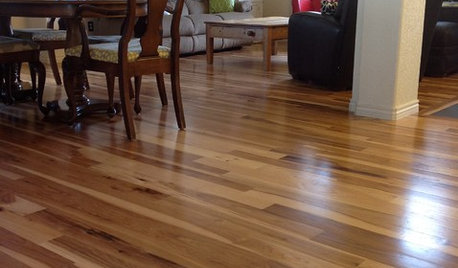
MATERIALSWhat to Ask Before Choosing a Hardwood Floor
We give you the details on cost, installation, wood varieties and more to help you pick the right hardwood flooring
Full Story
HOUSEKEEPINGHow to Clean Hardwood Floors
Gleaming wood floors are a thing of beauty. Find out how to keep them that way
Full Story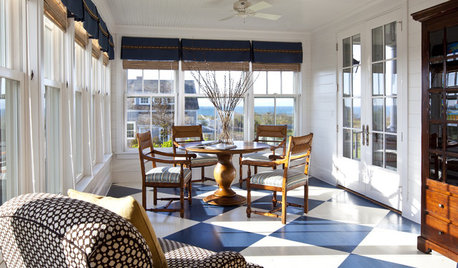
FLOORSHow to Paint Your Hardwood Floors
Know how to apply nail polish? Then you can give your wooden floors a brand-new look
Full Story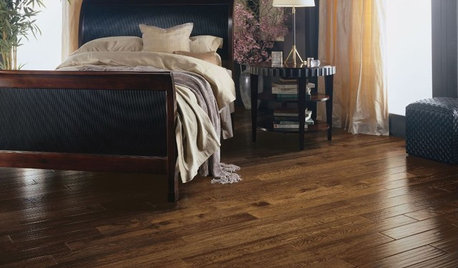
REMODELING GUIDESYour Floor: An Introduction to Solid-Plank Wood Floors
Get the Pros and Cons of Oak, Ash, Pine, Maple and Solid Bamboo
Full Story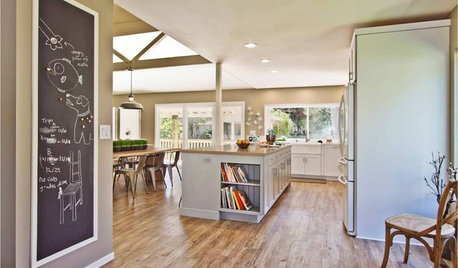
FLOORSWhat's the Right Wood Floor Installation for You?
Straight, diagonal, chevron, parquet and more. See which floor design is best for your space
Full Story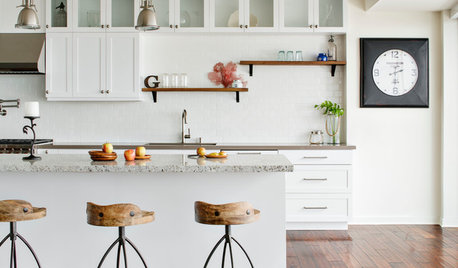
REMODELING GUIDESWhat to Know About Engineered Wood Floors
Engineered wood flooring offers classic looks and durability. It can work with a range of subfloors, including concrete
Full Story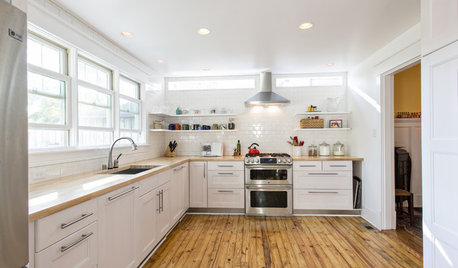
REMODELING GUIDESWhat Lies Beneath That Old Linoleum Kitchen Floor?
Antique wood subfloors are finding new life as finished floors. Learn more about exposing, restoring and enjoying them
Full Story
REMODELING GUIDESWhat to Know About Bamboo Floors
Learn about the 3 types of bamboo floors, their costs, and bamboo’s pros and cons as a flooring material
Full Story
REMODELING GUIDESAre You Gutsy Enough to Paint Your Floor White?
Sleek and glossy or softened by wear, white floors charm
Full Story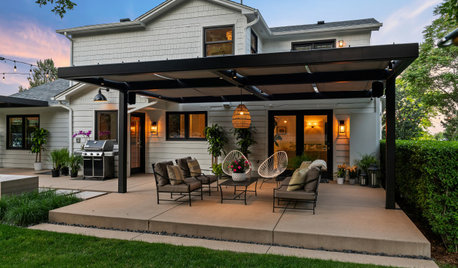
WORKING WITH PROSYour Guide to a Smooth-Running Construction Project
Find out how to save time, money and your sanity when building new or remodeling
Full Story




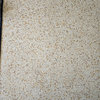
G & S Floor Service